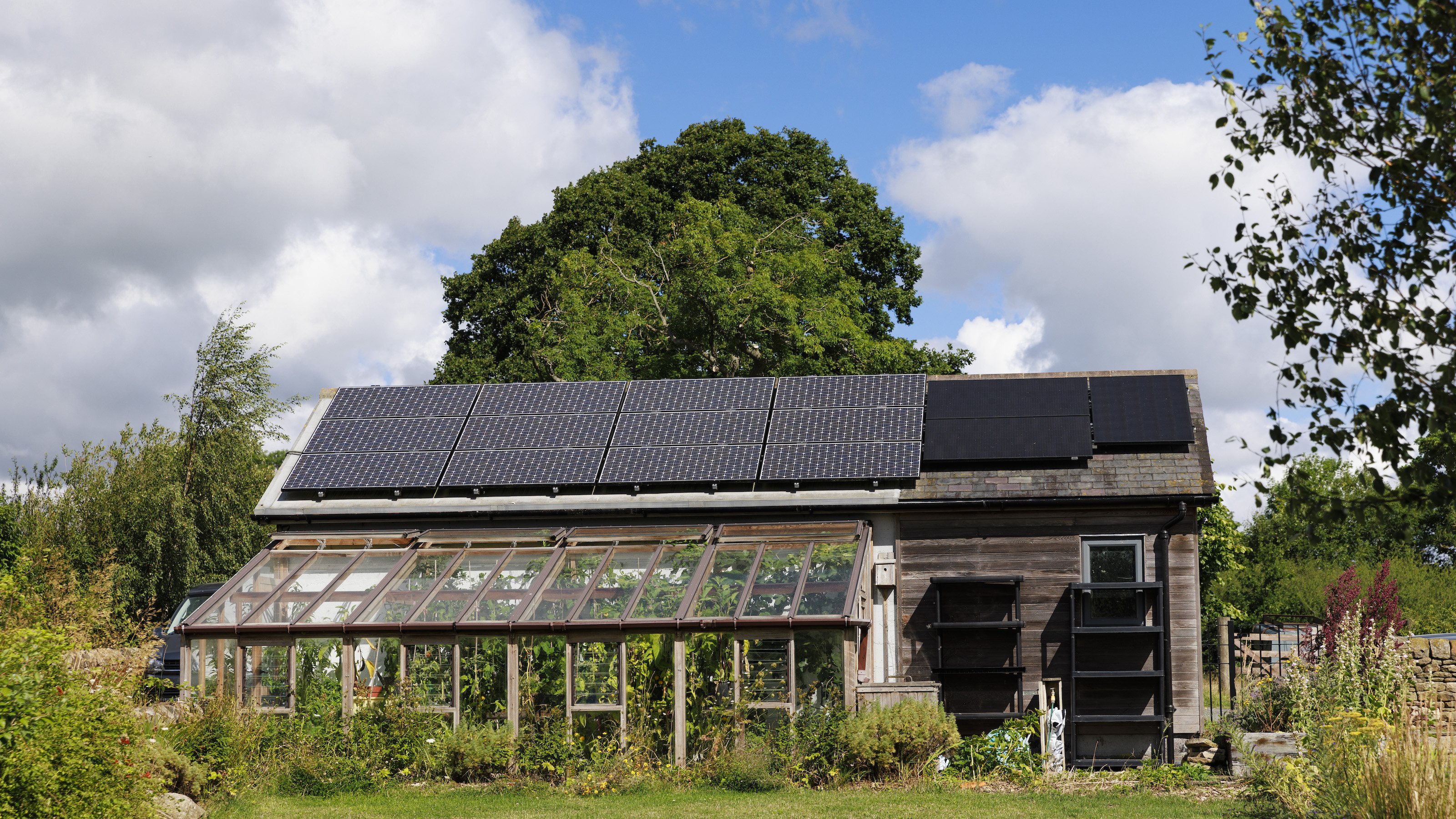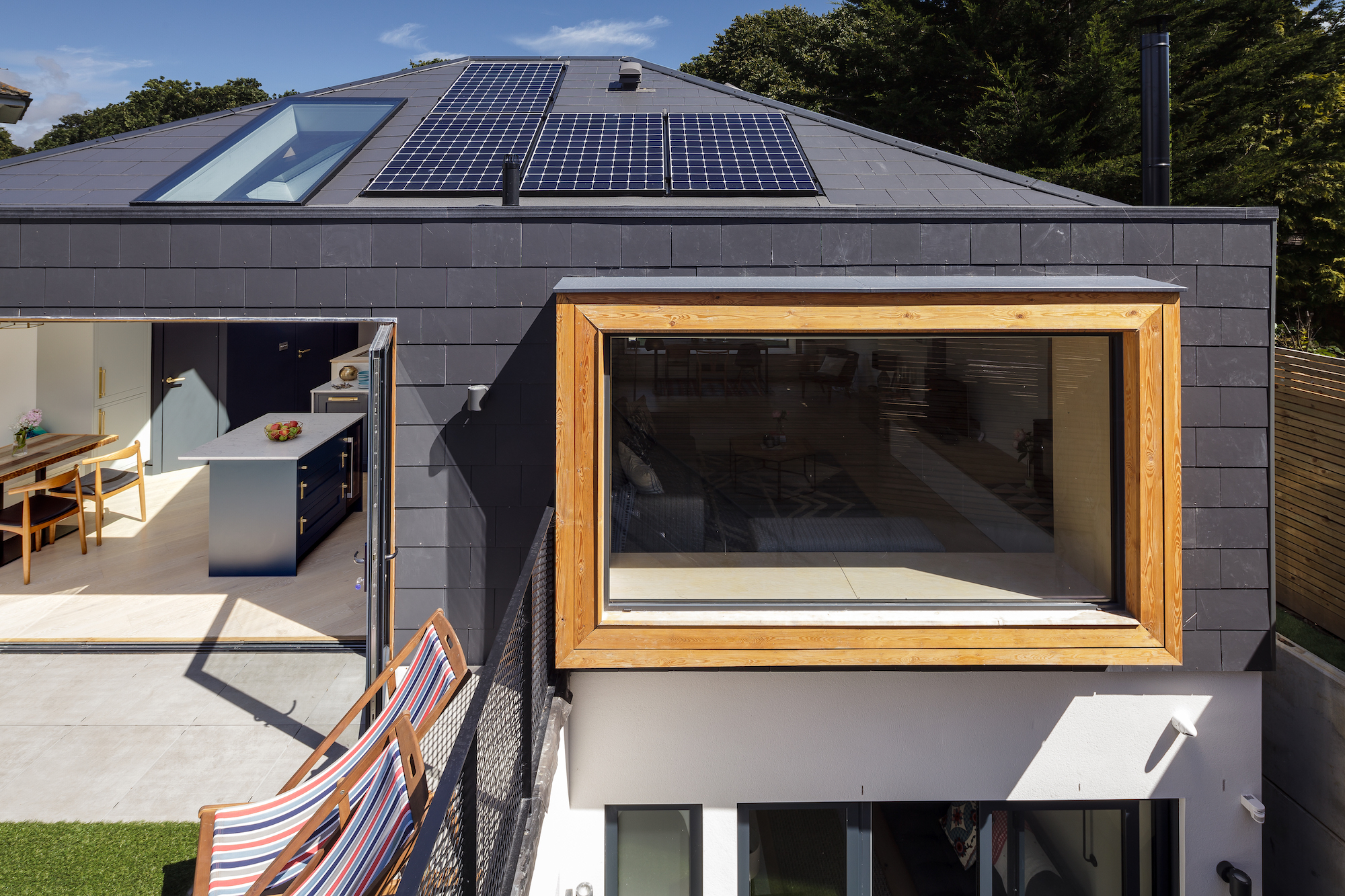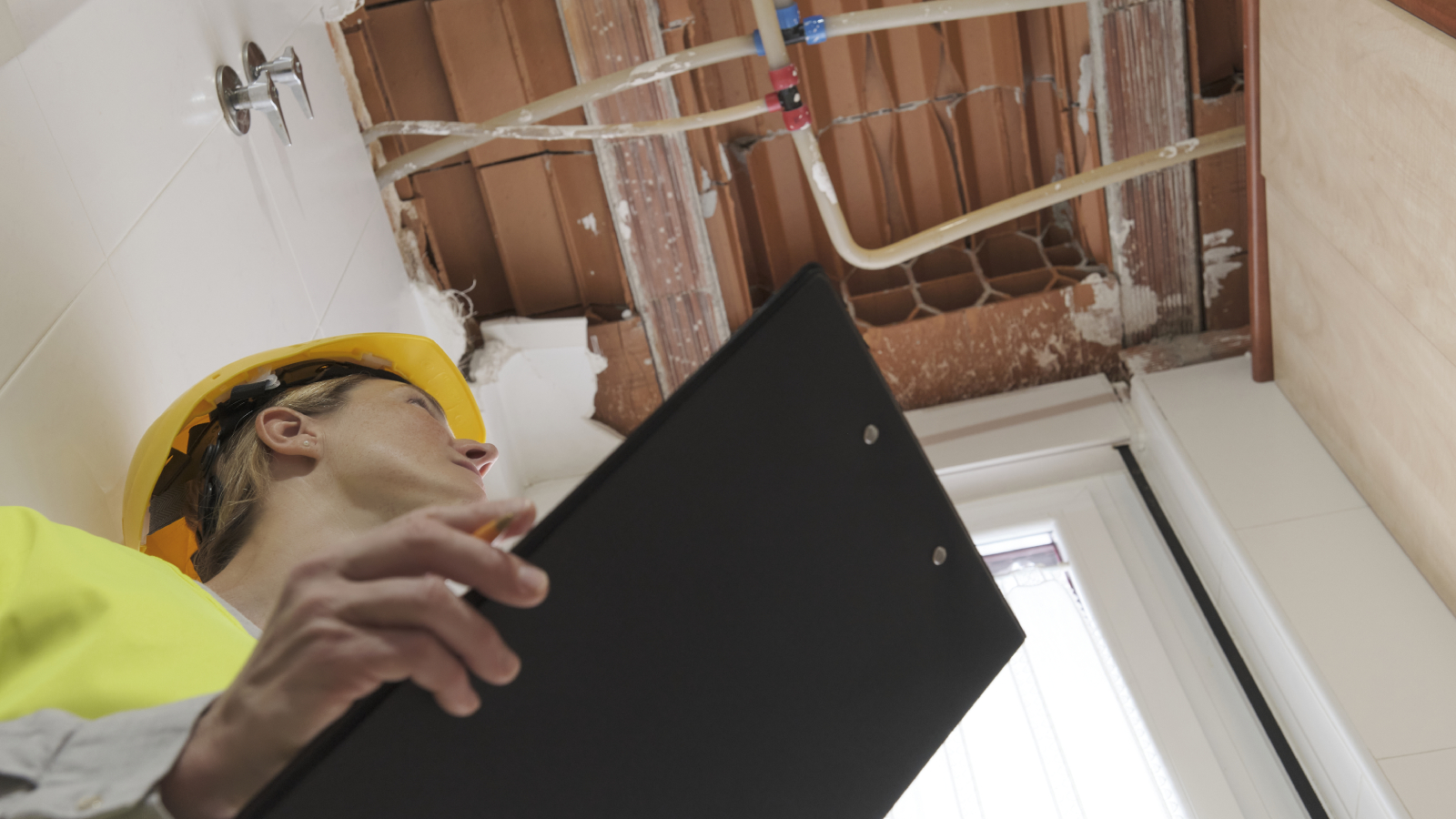Solar thermal vs solar PV panels: Which is the best option for your home?
Can't decide between solar thermal vs solar PV panels for your home's renewable energy? Find out what the key differences are and how to weigh up the benefits

Debating between solar thermal vs solar PV panels is an interesting one as both harness the sun's energy for use in the home but they fulfil different functions.
Solar generation is renewable energy and therefore a sustainable, eco-friendly method of power or heating/water heating generation. It is notable that, increasingly, homeowners are choosing to install solar panels as energy prices rise, and properties with solar panels are becoming more attractive to buyers.
To truly weigh up which is best option for your home you will have to be clear on what your parameters are; space, cost and efficiency all come into play when deciding between these two main types of solar panel.
What's the difference between solar thermal and solar PV?
Solar PV and solar thermal are two different technologies for specific tasks — if you're serious about installation, be sure to research how solar panels work beforehand. But in short, solar thermal generates heat for use in the home, typically for hot water, and solar PV provides electricity.
A solar thermal system absorbs light from incoming solar radiation which is then used to heat liquid in a series of tubes and this is then used to either heat a space within a building or to heat water.
In contrast, solar PV (photovoltaic) panels use light direct from the sun. This causes a reaction with silicon crystals within the panels which then creates electricity for power.
Which is more expensive: Solar thermal or solar PV?
At 2022 prices, a 250 watt solar panel costs between £400 and £500, although this varies depending on the type of PV panel and size of the solar PV panel system. The most popular size when installing solar panels is a 4 kilowatt system, which normally consists of 16 panels, the total cost being around £6,400. This should cover around 20m2 of roof space.
Bring your dream home to life with expert advice, how to guides and design inspiration. Sign up for our newsletter and get two free tickets to a Homebuilding & Renovating Show near you.
In contrast, a solar thermal panel system will cost between £3,000 and £5,000.
Grants for solar panels are available which can help lower the capital costs for some. The ECO4 scheme, for instance, provides grants towards solar PV panels for people on some types of social benefits. Although grants for solar thermal panels were available under the Green Homes Grant, launched in September 2020, this scheme ended on 31st March 2021.
All homeowners can however benefit from 0% VAT on the cost of installing solar panels, which could save the typical household around £250-£400 initially. This is only available until 2027, following which the rate will return to 5%.

What are the benefits of installing solar thermal panels compared to PV?
Solar thermal panels occupy less space than solar PV panels. This is partly because solar thermal panels are more efficient, in that they convert 70-90% of the incoming energy into heat, while solar PV panels can only convert 25% of incoming light, at the absolute maximum, at the present level of solar PV innovation. It may be that future advances in the technology might improve this figure.
Are there disadvantages to solar thermal compared to PV?
If solar thermal panels are used to heat water, which is their usual function, then part of the solar thermal system will occupy some space inside the building, as opposed to just panels installed on the roof with very little interior space required for the PV system. (That is unless you specify a battery with your solar PV system.)
However, solar thermal panels can very occasionally be used instead for heating the home, in which case very little interior space is required.
Solar thermal systems require more maintenance than solar PV systems. They also have a shorter lifespan and can be more complicated. This is because while solar PV just absorbs light and then turns it into energy, solar thermal systems absorb light, turn that light into energy and then use that energy to heat building space or water.
It is a threefold process with solar thermal, rather than a two-fold process that is the case with solar PV, so in essence there is more stuff going on with solar thermal than with solar PV. That in turn means there is more potential for complications and costs.
Solar thermal is less effective in the winter months than solar PV. This is because solar PV reacts to any light during the day, even if the sun is obscured by clouds, while solar thermal relies on sunlight to heat the water in the collector, so reduced sunlight in winter means less heat generated by the collector.
Flat plate thermal collectors are better than evacuated tubes in snowy conditions, simply because the snow just slides off the flat plate as it warms, whereas evacuated tubes have a vacuum insulation system installed to reduce heat loss. (Solar thermal panels are unlikely to freeze in winter as they have an indirect or closed loop system that pumps antifreeze through the collector.)

What benefits does solar PV offer over solar thermal?
There are a couple of main benefits that solar PV offers when comparing the technology to solar thermal, including:
- Solar PV is more flexible than solar thermal because the power generated by solar PV panels can be put to various uses.
- Panels also typically have a longer lifespan than solar thermal, being able to generate electricity for around 30 years, although in practice many solar PV systems have lasted for much longer, albeit at declining levels of efficiency.
- Solar PV can produce more electricity than is actually needed, especially during summer, so the excess electricity can be exported to the Grid, in return for a payment.
The aforementioned payment used to be provided by the government under the Feed-in-Tariff scheme, but now under the Smart Export Guarantee (SEG) it is paid by energy suppliers instead. Solar PV panels can therefore be used to generate an income.
What are downsides of solar PV compared to solar thermal?
A downside of solar PV panels compared to solar thermal is the upfront costs for installing the system, which is typically higher, although this is subsequently balanced out by the savings generated on energy bills.
They also take up more space than solar thermal panels, which can be problematic for some roofs/homes. (Find out how many solar panels you need to compare the space required for both.)
Finding a reliable supplier and installer for solar PV panels can sometimes be tricky, so it is a good idea to use a comparison website to find the best deal and to also seek recommendations on reliable installers.
Also, if the electricity generated by solar PV panels isn’t used straightaway it needs to be either stored in an accompanying energy storage system like solar batteries (which is another upfront cost to consider) or exported to the Grid in return for money, which can be less valuable.
Which is better: solar thermal or solar PV?
The answer to this question all rather depends on your requirements.
If you’re seeking to earn an income from your solar panels, then clearly solar PV systems are the best choice, because you'll receive SEG (smart export guarantee) payments for exporting excess energy to the Grid. That said, reductions in the tariff over the years has meant payments are now lower than they were previously. It also perhaps goes without saying, but installing solar PV panels will reduce your electricity bills.
However, if you are seeking to reduce your heating (or possibly electric) bill, then solar thermal would be the best option. The technology can be particularly beneficial for larger households, particularly those on mains gas.
Another option is to combine the two systems, installing both solar thermal panels and solar PV panels. However, this may require a considerable upfront cost, although the savings on energy and heat/water bills over the long-term could be considerable.
Solar hybrid solar panels, also known as solar PVT (photovoltaic thermal), offer both systems in one but this choice does have its limitations.

Robin is a freelance journalist based in the South West of England, UK. He specialises in environmental issues, climate change and renewable energy, with other interests in transport and green motoring. He is a regular daily correspondent for a renewable energy website, writing news articles and interview pieces on all the main clean energy technologies. He has also written widely for numerous magazines on these topics, as well as writing white papers and web content.
